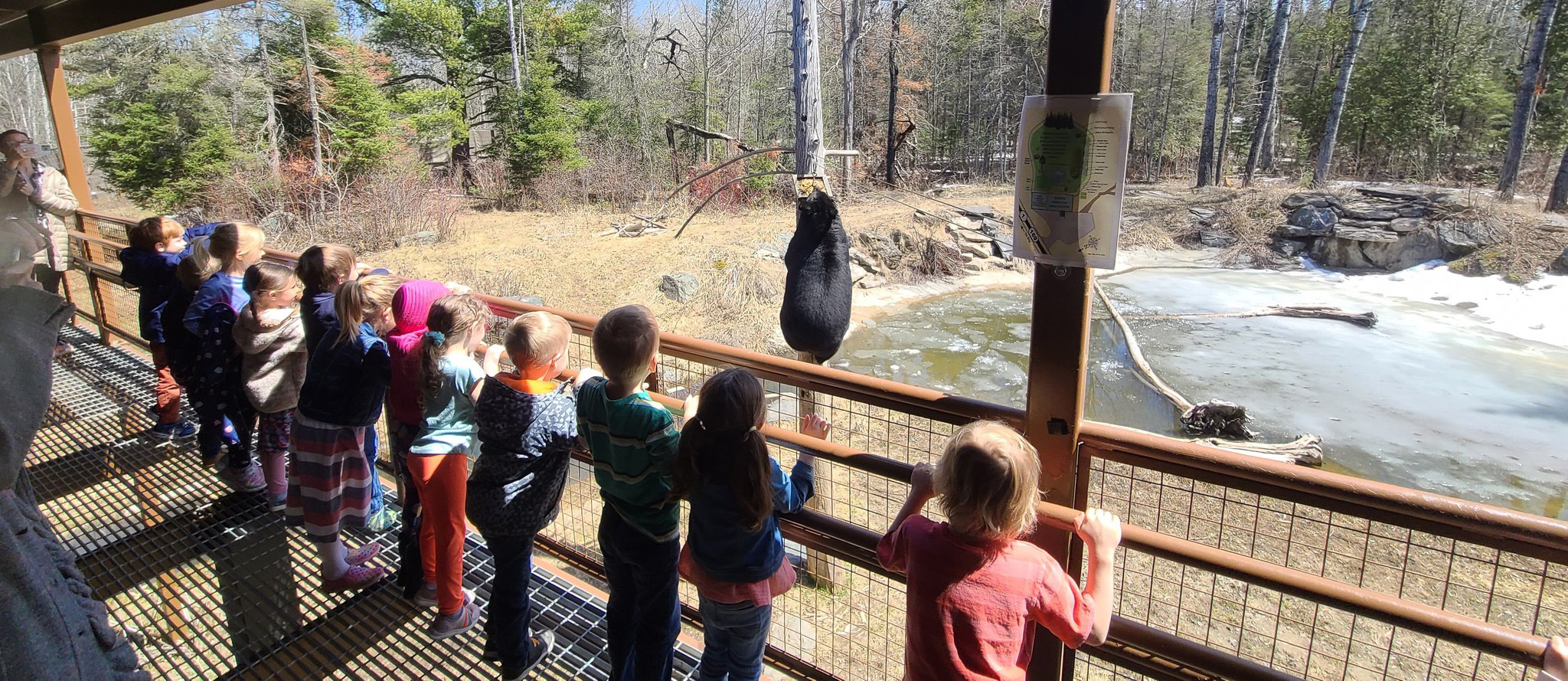
Bear News – MID SEPTEMBER
September news:
Let’s talk about fall transition. https://bear.org/bear-facts/5-
Fall transition is a period after hyperphagia when metabolic processes change in preparation for hibernation. Bears voluntarily eat less but continue to drink to purge body wastes. They become increasingly lethargic, resting 22 or more hours per day, often near water. Active heart rates fall from 80-100 per minute to 50-60 per minute, and sleeping heart rates fall from 66-80 per minute to less than 22 per minute.
As the transition of the summer and fall interns take place, there is also a transition in the air for the bears.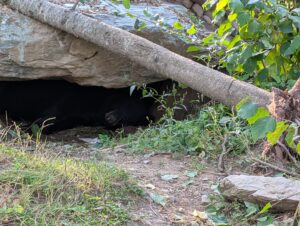
The fall interns arrive while the bears are active and going into Hyperphagia. Just about the second week of September the bears begin to slow down. The food is still available and yet they lack the interest to eat. That is with the exception of Tasha, she will continue to eat and forage.
Our Lucky bear has been raking some of the ground debris into den 2. He also became very anxious when Holly showed interest in den 2. She raked a small pile of clover to the den entrance. We all know how notorious she is for stealing dens.
As I have said in previous Bear News, I provide different bedding materials for the bears. In the wild, bears demonstrate resourcefulness by using a variety of materials found in their immediate environment for bedding. That specific bedding may include leaves, chewed pieces of wood, strips of cedar bark, white pine needles, balsam branches, mosses, and grasses. At the Bear Center we include leaves if enough fall before hibernation and straw to fill in when needed.
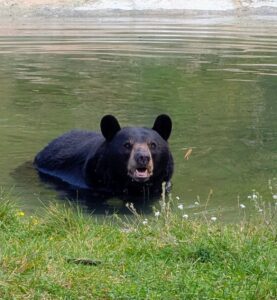
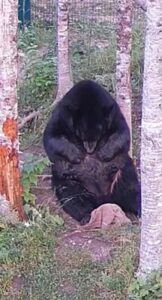
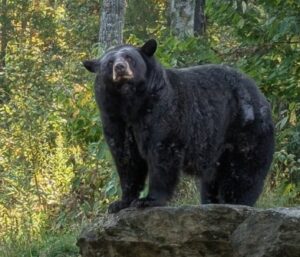
The reason I do not use straw as the primary bedding:
In the past we have given the bears just straw. I found that there were many springs where the bears had some sort of hair loss or mange. Mange is caused by mites as they can live in the soil, leaves, and in the decayed ground matter. I also fear any form of pyoderma, a bacterial skin infection. In my many years here I found that using the ground debris local to this area prevents the loss of fur. This year depending upon our fall we may include straw.
I hope all of this is useful information as our bears slow down and prepare for hibernation.
Our bears always appreciate your generosity when your visit and purchase from our Amazon wishlist:https://bear.org/
Tasha screenshot courtesy Mary Ubl
Thank-you for all you do,
Sharon Herrell, Sr. Bear Keeper
Lucky, Holly & Tasha Bear
We are a 501(c)(3) non-profit that relies entirely on the support of visitors, merchandise sales and people like you. We do not receive any state or federal funding.
Help support our mission.
Donate Now